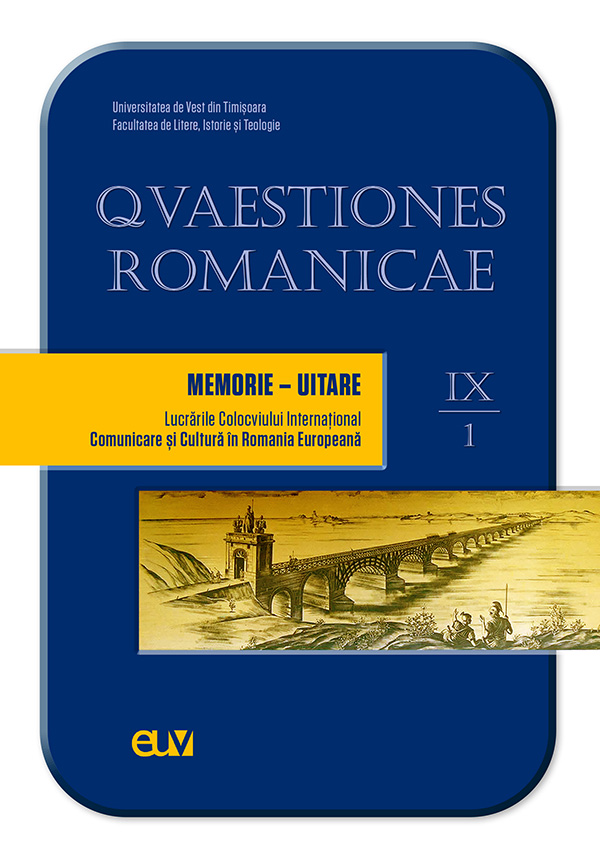La tregua de Mario Benedetti. Un desdoblamiento entre la memoria colectiva y la memoria individual
Abstract: (La tregua by Mario Benedetti. A separation between the collective memory and the individual memory) Mario Benedetti writes La tregua with the purpose of showing through the eyes of an office worker the vices of a system that has no empathy, that has created people unable to share their feelings or identify themselves with the state of mind of another fellow human being, on one hand, and on the other hand, all the anxiety that transfers on a personal level. The splitting present in the novel affects not only the main character but also the Uruguayan society in post-World War II era. We are witnessing the division of the capital according to the characters that examine it, on one hand the office workers that cannot enjoy their free time, and on the other hand, the luckiest people that can contemplate all the views that the city offers. The main character is presented to us also divided into two different human beings, one that is the office worker, anchored in the office world, and the other one, a sad dreamer that is waiting to retire in order to be able to enjoy life. This is how the author achieves to combine personal memory with the collective one and gives evidence of a society that contaminates its citizens with solitude, anxiety, lack of compassion and, at the same time, proposes the idea of a truce.
Keywords: memory, collective, individual, society, splitting.
Resumen: Mario Benedetti escribe La tregua con el propósito de mostrar a través de los ojos de un oficinista las lacras de un sistema falto de empatía, que ha creado personas incapaces de compartir sus sentimientos o identificarse con el estado de ánimo del prójimo, por un lado, y, por otro lado, toda la angustia que se transfiere a nivel personal. El desdoblamiento presente en la obra afecta tanto al protagonista como también a la sociedad uruguaya de la época de la segunda postguerra mundial. Asistimos a la división de la capital en función de los personajes que la examinan, por un lado los funcionarios que no consiguen disfrutar de mucho tiempo libre y, por otro lado, las personas más afortunadas que pueden contemplar todas las exterioridades y vistas que la ciudad ofrece. El protagonista se nos presenta, por lo tanto, también dividido en dos seres diferentes, uno que es funcionario, anclado en el mundo de la oficina, y el otro, un soñador triste que está esperando jubilarse para poder disfrutar de la vida. Es así como el autor consigue entrelazar la memoria propia y la memoria colectiva y deja testimonio de una sociedad que contamina a sus ciudadanos de soledad, de angustia, de falta de compasión y, al mismo tiempo, propone la idea de una tregua.
Palabras clave: memoria, colectivo, individual, sociedad, desdoblamiento.
